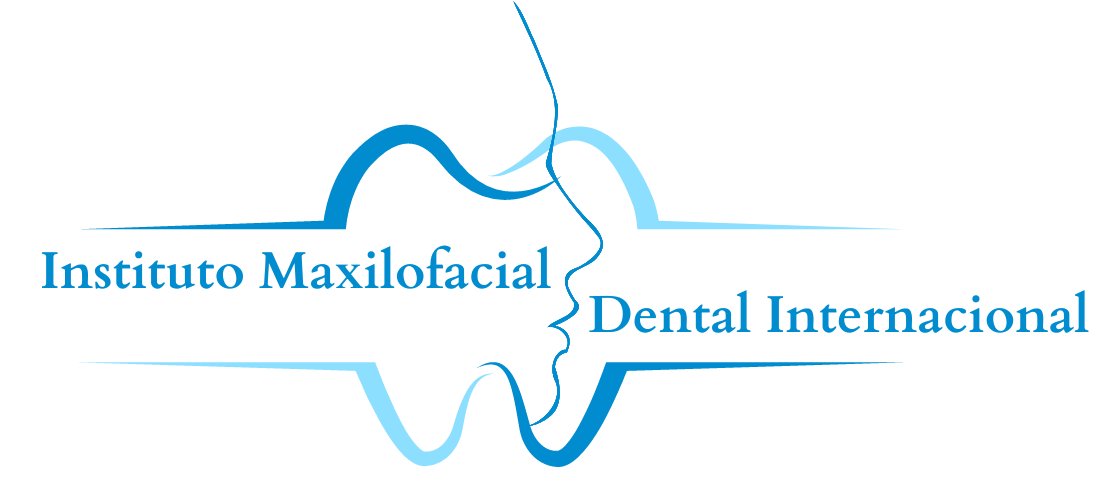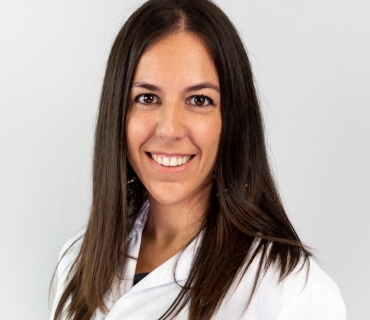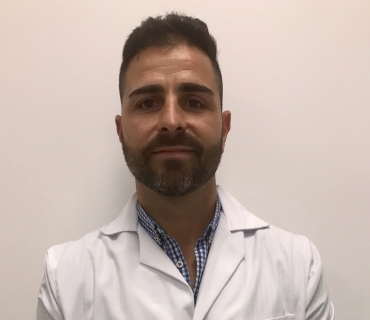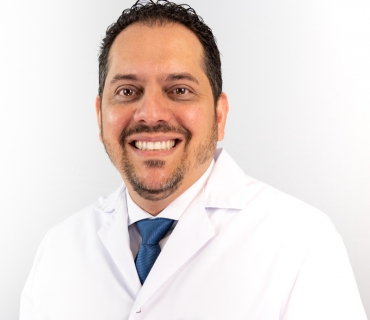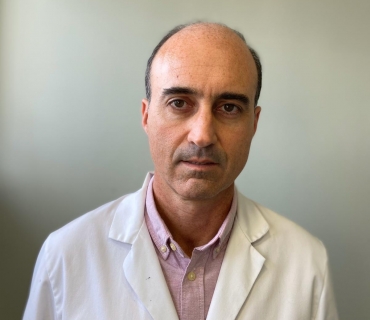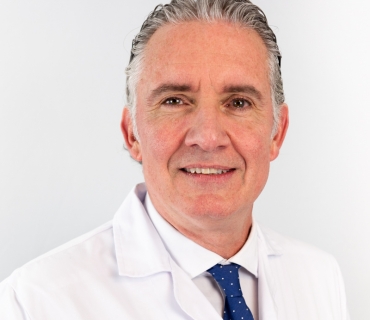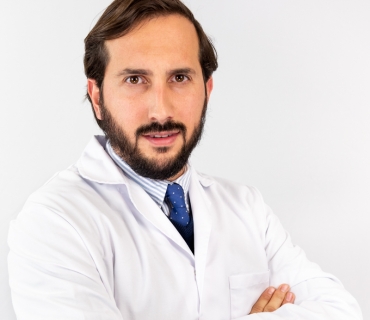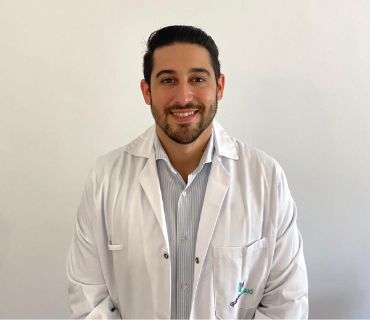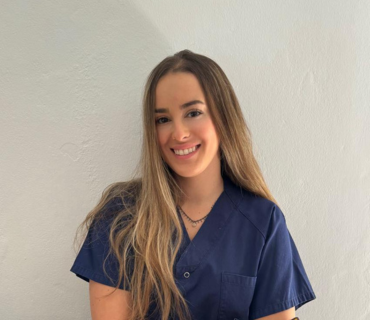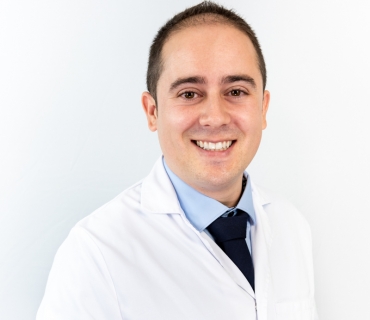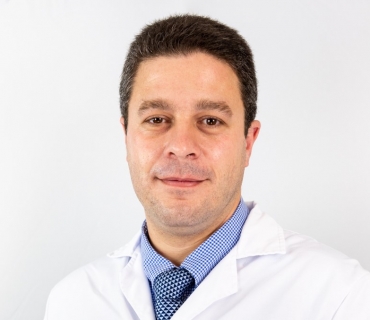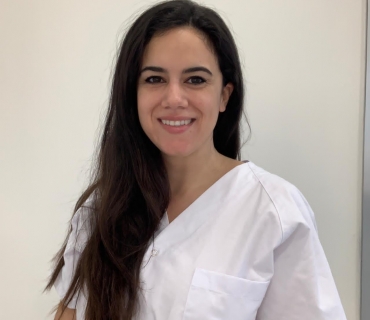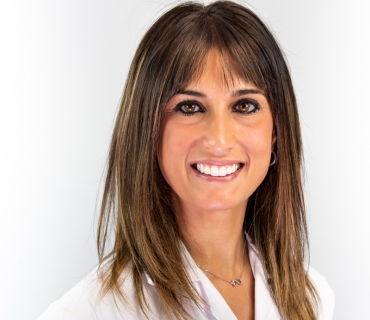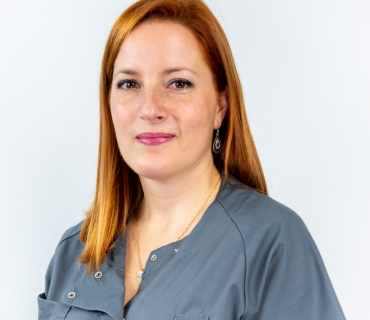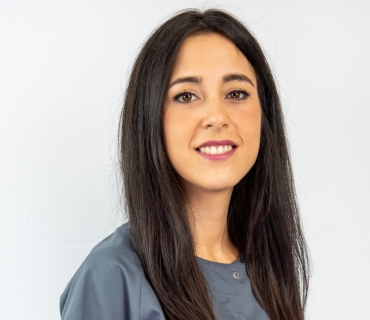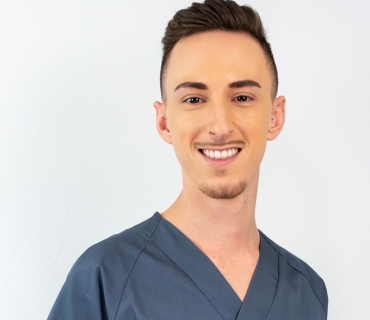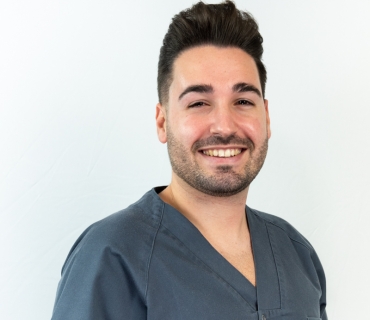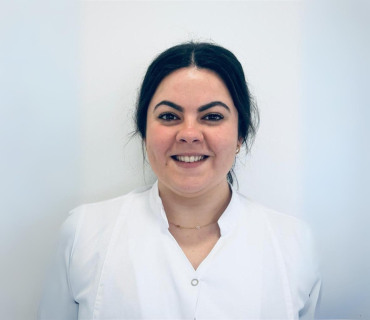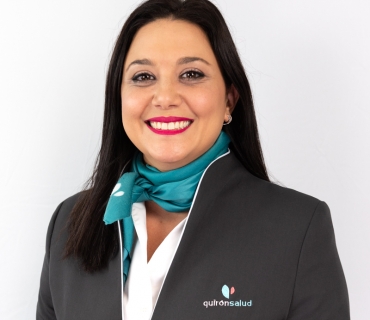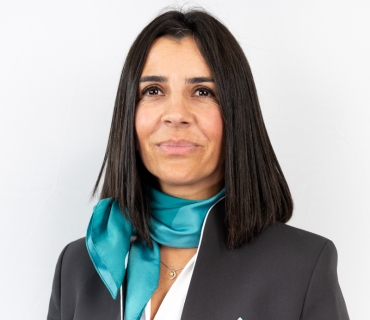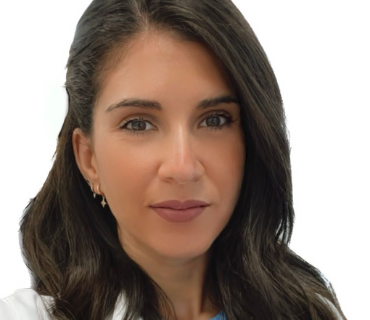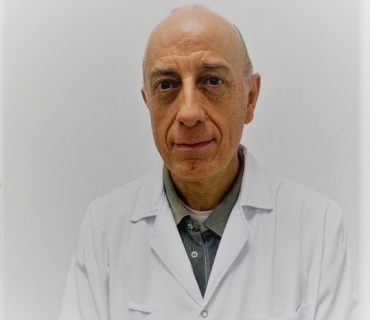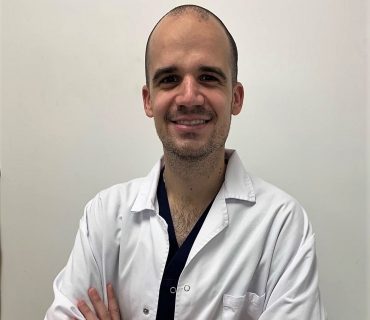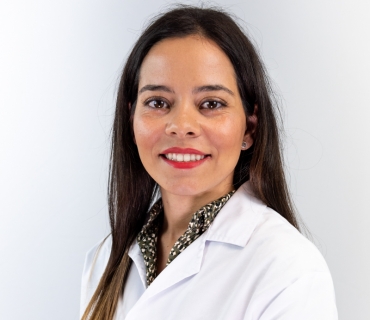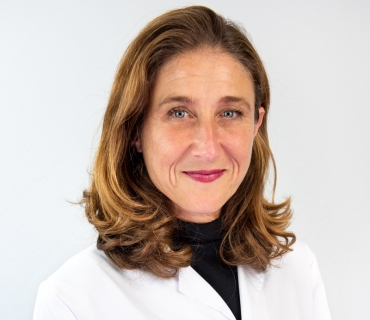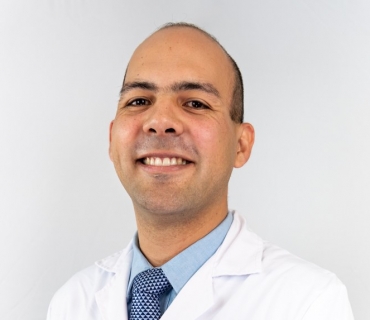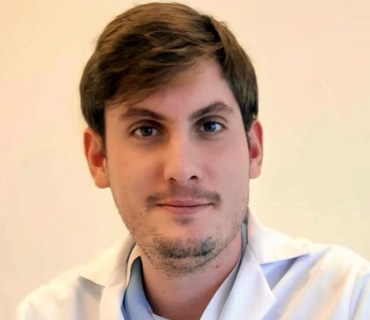Oral and Maxillofacial
Surgery

Oral and maxillofacial surgery, according to the International Association of Oral & Maxillofacial Surgeons (IAOMS), is a «surgical specialty that includes the diagnosis, surgery and treatments related to a wide spectrum of diseases, injuries and aesthetic aspects of the mouth, teeth, face, head and neck»
What is your field of action?
As a very complex anatomical territory, the specialty covers a wide variety of procedures. The maxillofacial surgeon performs everything from complex craniofacial reconstructive plastic surgery interventions, surgery of the facial skeleton, cosmetic surgery procedures of the face and neck to wisdom teeth extractions, apicectomies or placement of dental implants. The wide field of action of this specialty, despite being a fairly delimited bodily territory, means that on many occasions a maxillofacial surgeon decides to specialize more in a specific field.
ONCOLOGIC SURGERY
Tumors that affect the face in its various structures (mouth, nose, nasal passages, sinuses, orbits) can be benign or malignant. Benign ones can cause local invasion and have constant growth, but they do not metastasize to the lymph nodes of the neck or the rest of the body, unlike malignant ones.
Surgery is the usual treatment for benign lesions. Depending on their size, surgical treatment can affect nearby structures, to eliminate them as a safety margin or to reconstruct the surgical defect.
For malignant tumors, there are three types of treatment, frequently used in combination, these are: surgery, radiotherapy and chemotherapy.
Surgery in these malignant lesions consists in removing the affected area with wide safety margins, thus including an important part of healthy tissue. Moreover, sometimes and as a preventive or curative measure, it is necessary to clean the lymph nodes in the neck. It achieves, alone or associated with other treatments, a significant number of cures.
To try to reconstruct the removed tissues: skin, mucous membranes, muscles, nerves, bones, etc., it is necessary to use complex reconstruction techniques, sometimes microsurgical, and the use of grafts: either from the patient him/herself, from the tissue bank or artificial , producing, despite everything, aesthetic and/or functional alterations, and partial or total loss of sensory organs.
SALIVARY GLAND SURGERY
WHAT IS IT AND HOW IS IT DONE?
Salivary gland surgery is aimed at treating benign and malignant tumors, lithiasis (stones) of the glands, infectious processes and traumatism caused by them.
The salivary glands are divided into major glands (parotid, submandibular and sublingual), and minor glands distributed throughout the oral cavity. Surgery of the parotid gland is closely conditioned by the anatomical complexity of this part of the face and very specifically by its relationship with the facial nerve that is responsible for giving movement to the face. The submandibular gland is located in the cervical compartment under the jaw, and is related, among other structures, to the marginal or inferior branch of the facial nerve, which moves the lip, and to the lingual nerve (which gives sensitivity to the tongue) and hypoglossal nerve (it moves the tongue). The sublingual gland is located in the floor of the mouth, and is related, among other elements, to the lingual nerve and the excretory duct of the submandibular gland. In most cases, the operation requires general anesthesia.
WHAT IS IT FOR? This surgery seeks to resolve the pain caused by lithiasis and the eradication of the benign or malignant tumor or the removal of one of the glands damaged by the traumatism.
ORTHOGNATHIC SURGERY
WHAT IS IT AND HOW IS IT DONE?
Orthognathic surgery is performed to correct the position of my jaw bones and not the teeth individually, with the consequent improvement in the aesthetic and/or functional appearance when chewing and speaking. It is performed through osteotomies (cuts) in the bones of the face and their subsequent repositioning in the appropriate position, frequently fixation with osteosynthesis, which is the use of metallic or non-metallic materials that remain indefinitely in its place and that usually do not have to be removed, or from materials that are reabsorbed over time. Orthodontic treatment is usually required before and after surgery. Additionally, dental restorations, periodontics (gum treatment), and endodontic treatment may be necessary postoperatively. In most cases this surgery is performed under general anesthesia.
FACIAL TRAUMATISMS
WHAT IS IT AND HOW IS IT DONE?
Maxillofacial traumatisms produce aesthetic and/or functional alterations such as alterations in the mobility of the eyes, changes in the occlusion of the teeth, limitations in opening the mouth, and nasal respiratory difficulty. They can also produce injuries, in some cases irreversible, of the cervical and facial arteries and veins, motor and sensory nerves and sensory organs located in the face and neck. Cervical and facial skin wounds can also cause aesthetic and/or functional alterations.
Surgical procedures for the correction of trauma include intra- and/or extra-oral approaches, use of osteosynthesis material to fix the fracture and use of own grafts, from a tissue bank, or artificial grafts. In most cases, the operation requires general anesthesia.
